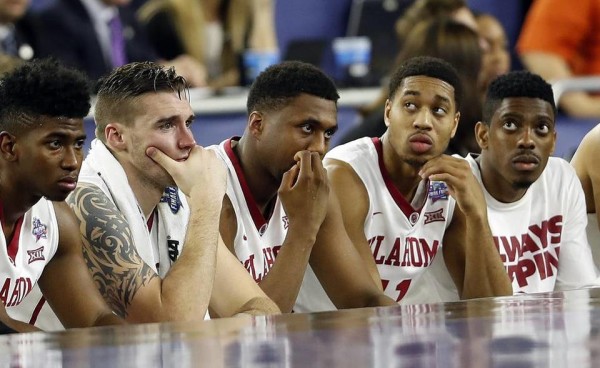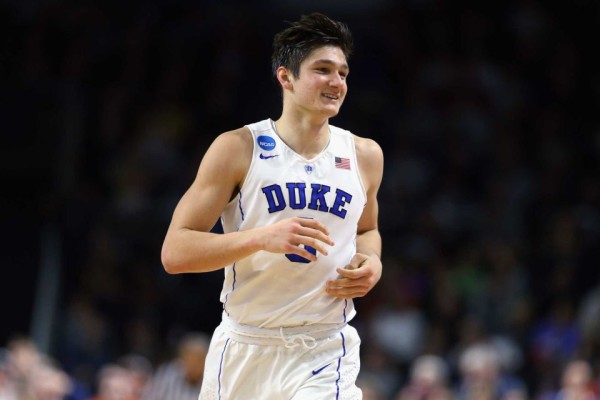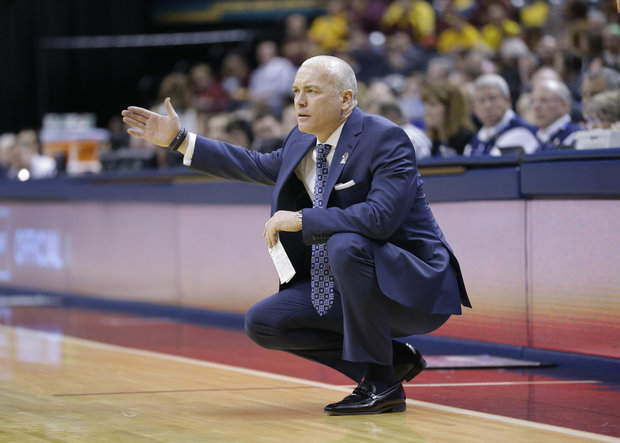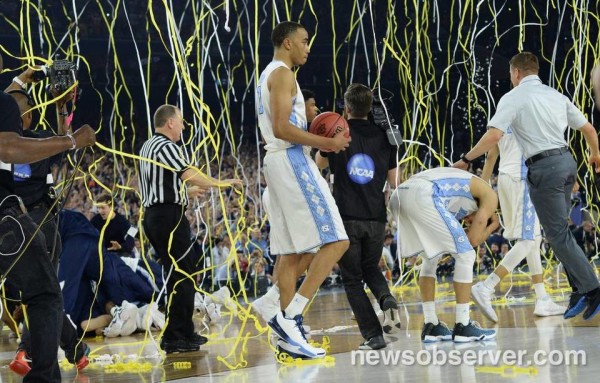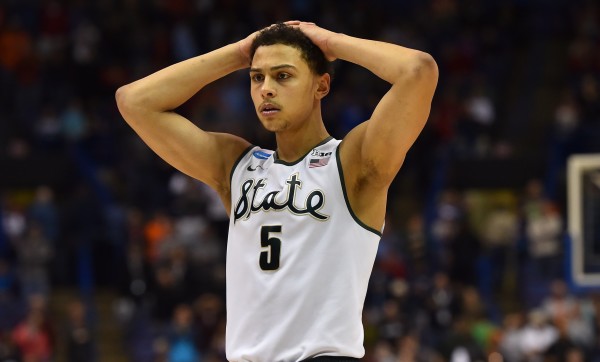Another Spring Surprise: Josh Jackson Commits to Kansas
Posted by Chris Stone on April 10th, 2016Kansas head coach Bill Self has shown a knack for shoring up his roster with springtime signings of top-five recruits. After losing freshman Ben McLemore to the 2013 NBA Draft, Self secured a commitment from top-ranked recruit Andrew Wiggins that May. While the head coach signed his top two recruits in the fall during the next cycle, it wasn’t until April 2015 that he received a commitment from Cheick Diallo to replace Cliff Alexander. Self has done it again this spring, as the top-ranked recruit in the class according to 247 Sports, Josh Jackson, announced via Twitter that he will attend Kansas. Jackson’s commitment solidifies a team that was already the likely favorite to win a 13th straight Big 12 regular season title and will once again be among a handful of favorites to cut down the nets next April.
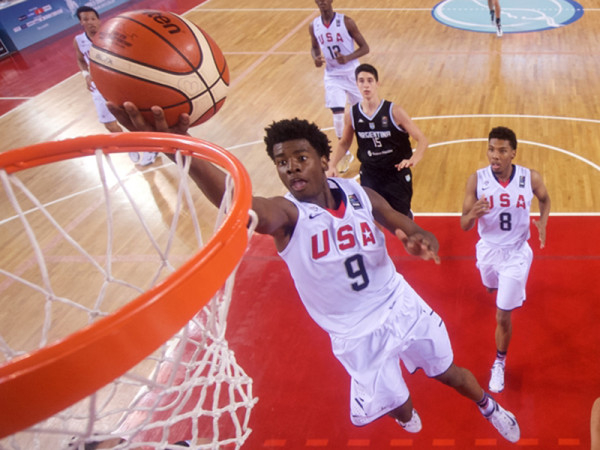
Josh Jackson will help solidify the wing position for Kansas in 2016-17. (Credit: USA Basketball)
Standing at 6’8″ with a 6’10” wingspan and 8’3″ reach, Jackson has the prototypical frame of elite wings at the NBA level. His size is coupled with outstanding athleticism that allows him to move quickly in every direction on the court, facilitated by a relentless intensity. His skill set is still a work in progress — he’s not yet a polished shooter and, according to DraftExpress, he was just a 61 percent free throw shooter during U-19 competition — but Jackson is unmistakably a tremendous talent. He typically plays harder than his competition and has great court vision both in transition and in the half-court. When you combine his work ethic with his physical tools, he has the potential to become a versatile defender for the Jayhawks.





























